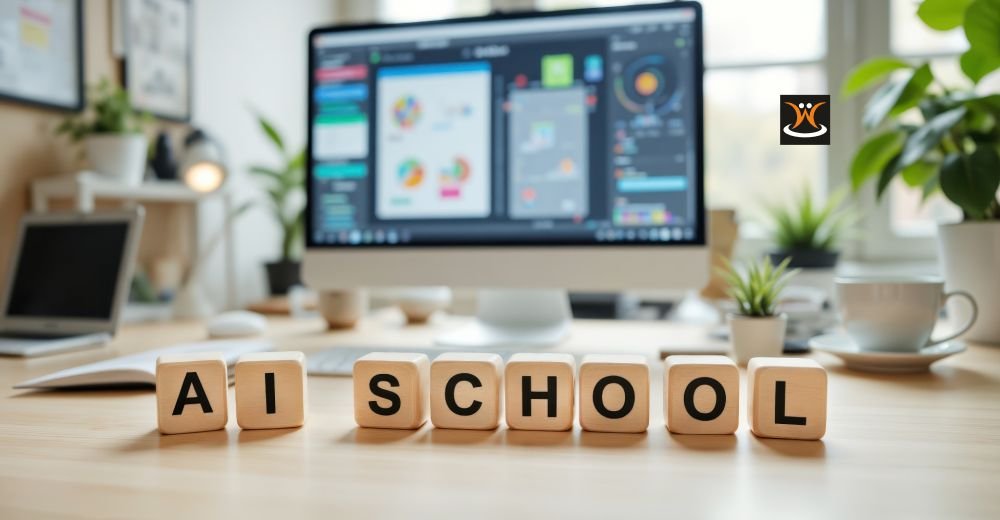Shaping Future Classrooms
Technological innovation, shifting social needs, and evolving teaching philosophies are reshaping how knowledge is shared and skills are developed. The world is growing more digital and interconnected, which is why classrooms are not about rote learning anymore; they are vibrant and focus more on collaboration, personalization, and overall development.
This article will discuss the major redefining education systems, including individualized learning and immersive technologies, project-driven models, and accommodating practices.
Why Change is Important?
Education systems over the decades were highly based on standardized teaching and emphasized memorization rather than creativity. The current generation of learners requires much more: critical thinking, flexibility, emotional intelligence, and digital literacy. This became evident during the COVID-19 pandemic when the use of new tools and approaches became more widespread, and the constraints of older buildings were revealed.
Personalization and Adaptive Learning
Among the most powerful shifts in modern education is the move toward personalized and adaptive learning. With the help of AI, data analytics, and adaptable digital platforms, educators can now customize their lessons according to the needs of individual students. Adaptive algorithms monitor the performance and detect gaps and adapt the learning pathways, giving students the ability to move at their own pace.
Research has always proven that the utilization of this technique leads to a higher level of motivation since the learning process is more centered around the pupils and the students are incited to conquer a specific domain of knowledge and retain what they have acquired. As a result, students who have control over what they learn would indicate that the classroom setting would be more appealing and productive.
Immersive Technologies: VR, AR, and XR
Virtual, augmented, and mixed reality are redefining education systems. Students will be able to visit ancient civilizations, go into the ecosystems, or perform some complicated experiments without leaving the classroom. Immersive platforms have already been tested by schools in Finland, Singapore, and the UAE, which state greater engagement and deeper understanding. These tools also break down traditional barriers, democratizing access to high-quality, experiential learning across diverse communities.
Project-Based and Inquiry-Driven Learning
The conventional lectures are being replaced by more interactive and inquisitive models. Project-based learning gives students the opportunity to collaborate to solve real-life problems, develop new solutions and present their work to their peers and communities. This solution leads to curiosity, problem-solving and leadership, which are necessary in future careers. International research highlights its impact not only on academic mastery but also on transferable abilities like teamwork and communication.
Blended and Hybrid Classrooms
Blended learning, which merges face-to-face instruction with digital platforms, has become a cornerstone of flexibility. Hybrid structures extend this model further, allowing both in-person and online participation. The flipped classroom, where students study at home and put concepts into practice in the classroom, empowers the learners to control their learning experience. Such situations help instructors to work on mentorship, and students enjoy freedom and individual support.
Data-Driven Education
Analytics is a key to the education transformation. Interactive dashboards enable the teacher to keep track of student progress in real-time, whereas policymakers deploy aggregated data to inform reforms and evenly allocate resources. When combined with community feedback and continuous evaluation, data-driven strategies create accountability and support innovation in education systems.
Challenges on the Road Ahead
Despite remarkable progress, significant hurdles remain. Digital divide still excludes many students who are not able to access online resources and ongoing teacher education is not frequently well-funded. Cybersecurity and data privacy are also problems. To counter these obstacles, governments, communities and individual organizations are working together in order to make innovation not only advantageous to the privileged persons but to all learners.
Future-trends: emerging trends.
The next ten years will be more transformative. Microlearning will provide short and focused lessons to lifelong learners, and AI tutors will provide on-demand support. Gamification will integrate fun and rigor and motivate students to be inspired differently. Education is increasingly global and interdisciplinary; students will be ready to work in jobs that do not even exist yet. These trends are indicative of a greater devotion towards Redefining Education Systems as responsive, resistant, and future-school.
Conclusion:
The classrooms of tomorrow are already taking shape today, through adaptive learning, immersive technologies, project-based models, and inclusive practices. This path of Redefining Education Systems focuses on not only academic achievement but also creativity, emotional intelligence and resilience. Schools may establish themselves as centers of innovation and development by helping teachers through mentoring, adopting data-based practices and ensuring fair accessibility.
The end-product is obvious: the students should not only be ready to take exams, but to live. By so doing, education does not merely become instruction, but is empowerment, and it forms generations of people prepared to live in a fast-changing world.




